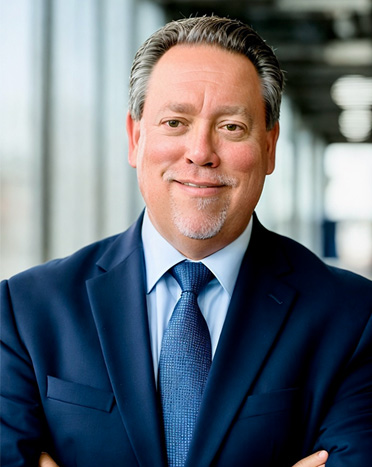BALTIMORE, MD, September 19, 2022 – New audio is available for media use featuring Anna Mayo, an assistant professor of Organizational Behavior at Carnegie Mellon University. She discusses the post-pandemic workforce entering a new era of hybrid work and team optimization. This content is made available by INFORMS, the largest association for the decision and data sciences. What follows are 4 questions and responses. These responses were provided on September 16, 2022.
Question 1: In this post-pandemic era, how has the nature of work changed?
Time Cue: 0:21, Soundbite Duration: :57
“For decades now, organizations have been using teams whose members are virtual and or geographically distributed, but the restrictions associated with Covid 19 really have exacerbated the adoption of this virtual or remote work. So, in many ways we've seen a continuation maybe at an exaggerated rate of trends that were already unfolding, and these are trends not just towards virtual teams, but really towards broadly new team forms that have been enabled by new technologies and by specialization. So, for example, we see dynamic team membership with people coming and going as the needs of a project evolve, or the stretching of people across many teams at once, and these new team forms are much less stable and less clearly delineated than traditional teams, which can have particularly important implications for the individuals in the team as well as the teams themselves and the organizations in which they operate.”
Question 2: How has the hybrid workforce evolved during this time?
Time Cue: 1:24, Soundbite Duration: :39
“Just how much work is remote has been fluctuating as the pandemic has also evolved. But at this point there's some variability in terms of preference and the possibility of remote work by industry. What seems to be emerging as a consensus is that there is an increase in preference for having remote work options. One working paper suggested in U.S. workers desire nearly half of their work days to be remote, though notably employers on the other hand seem to be planning for that to be a smaller amount, and so remote work that maybe falls closer to 20 percent of workdays with one-to-two days of remote work where possible for the given job.”
Question 3: Many employers are bringing employees back to the office and the workplace. What is the best way to institute a new hybrid work model to optimize the productivity of teams?
Time Cue: 2:09, Soundbite Duration: 1:14
“There's been a lot of talk lately about how many days employees should be in the office, who should overlap on which days. And these are important questions, but the reality is that even without remote work we were stretched across multiple teams, we’re navigating in-person and computer-mediated interactions, and so to me this suggests we should be thinking really carefully about how we manage attention as there's an increased shift towards remote work. So, for example, we should be giving a lot of thought to when to use synchronous versus asynchronous meetings for getting work done. It may be that coordination could be done asynchronously but work that's requiring more intensive collaboration perhaps is going to best unfold in more synchronous environments. And there's some neat evidence here coming from research showing that even when a team is collaborating using asynchronous platforms, the clustering of that work in time such that it looks more synchronous is actually associated with better outcomes for the team. At the same time, we want to make sure that people aren't becoming isolated or falling out of sight and out of mind with these shifts towards remote work. And so teams might need to put into place some scaffolds to make sure that especially for those synchronous meetings there's a bit of a pause to make sure people aren't left out of the loop.”
Question 4: What should employees be expecting of their employers in this new hybrid work environment?
Time Cue: 03:38, Soundbite Duration: :27
“Going forward I think it's reasonable to expect that some form of work from home when it's feasible for the job is going to stick. And so, given that across context one of the keys to success for collaborative work is having clear expectations, as organizations settle on or continue to evolve their policies around remote work, employers but also employees I think would do well to be transparent about what's expected in these new work environments.”
# # #
About INFORMS
With more than 12,000 members from around the world, INFORMS is the largest association for the decision and data sciences, made up of professionals and students. INFORMS members support organizations and governments at all levels as they work to transform data into information, and information into insights that lead to more efficient, effective, equitable and impactful results.


Media Contact
Jeff Cohen
Chief Strategy Officer
INFORMS
Catonsville, MD
[email protected]
443-757-3565

